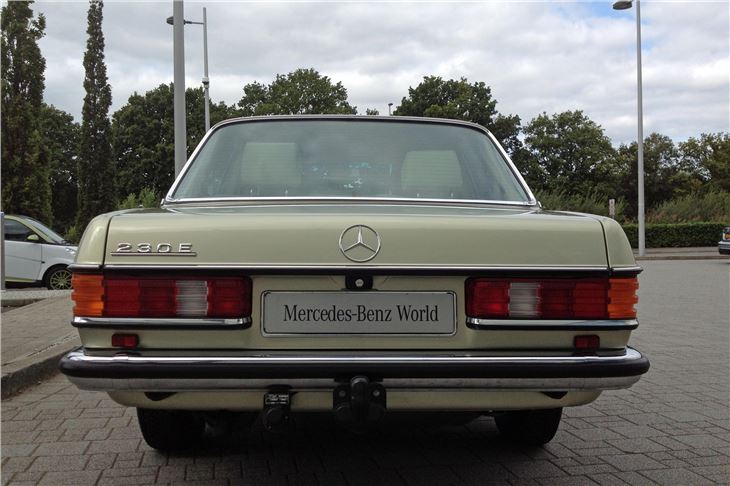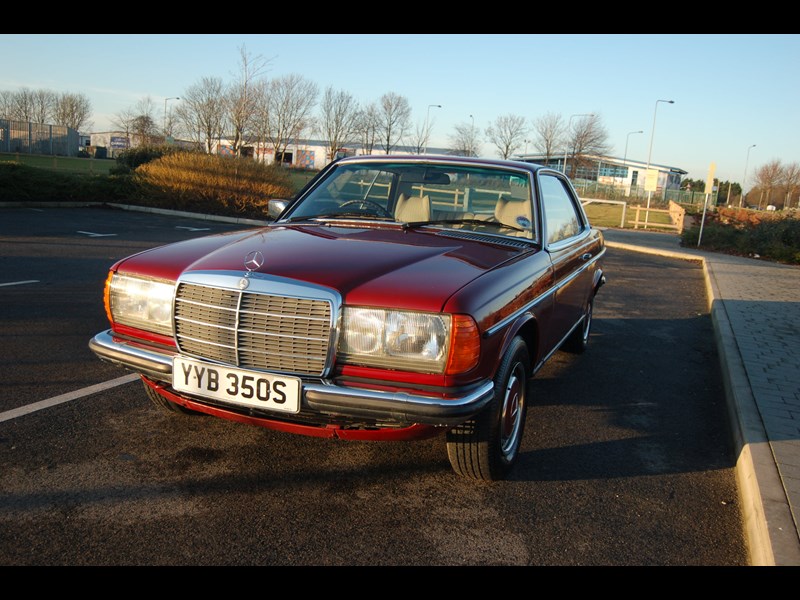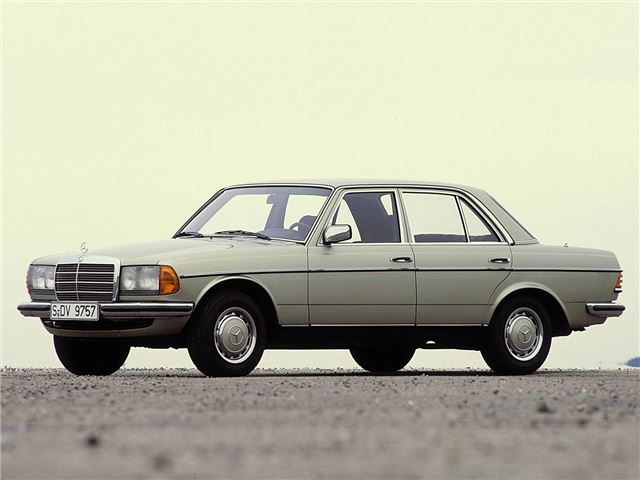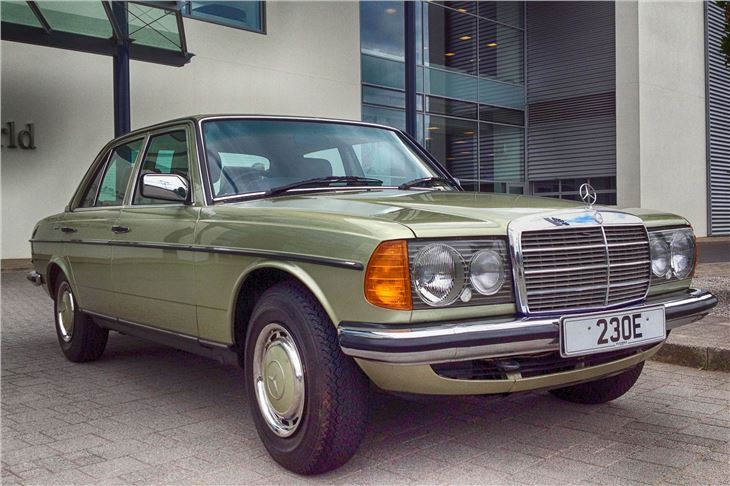Mercedes Benz W123 1976 1986 Service Repair Manual Brooklands Books Ltd UK
Mercedes Benz W123 1976-1986 workshop repair manual NEW
1988cc (2.0 L) "M115" OHC 4 cylinder as used in the 200 to 1980 |
W123 is the internal chassis-designation Mercedes-Benz used for their executive line of cars, manufactured between 1976 and 1985. The W123 models surpassed their predecessor, the W114 and W115 models, as the most successful Mercedes, selling 2.7 million cars before replacement by the W124 after 1985. The additional range of smaller Mercedes-Benz W201 models were introduced in 1982.Mercedes-Benz introduced the W123 four-door versions in January, 1976. While there were some technical similarities to their predecessors, the new models were larger in wheelbase and exterior dimensions. The styling was also updated, although stylistic links with the W115 were maintained. Initially, all models except 280/280E featured quad unequal-size round headlights and the latter large rectangular units. When facelifted these units became standard across the range. All W115 engines were carried over, with the 3 litre 5-cylinder diesel model being renamed from "240D 3.0" to "300D" (as it had already been called before in North American markets). The only new engine was the 250's 2525 cc inline-six (Type M123, a short-stroke version of the 2.8 litre six Type M110) that replaced the old 2496 cc Type M114 six.
In the spring of 1976, a coupé version was introduced on a shorter wheelbase than the saloon (2,710 mm (106.7 in) versus 2,795 mm (110.0 in)) for the saloon. This W123C/CE was available as a 230C (later 230CE) and as a 280C/CE in most markets; in North America there were additional 300CD versions with naturally aspirated, later turbocharged 3 litre diesel engines. It is a tribute to the car's instant popularity – and possibly to the caution built into the production schedules – that nine months after its introduction, a black market had developed in Germany for Mercedes-Benz W123s available for immediate delivery. Customers willing to order new cars from their local authorized dealer for the recommended list price faced waiting times in excess of twelve months. Models that were barely used and were available almost immediately commanded a premium over the new price of around DM 5,000. From August, 1977, long-wheelbase versions (3,425 mm (134.8 in)) were produced. These were available as 7/8 seater saloons with works bodies or as a chassis with complete front body clip, the latter serving as the base for ambulance and hearse bodies by external suppliers like Binz or Miesen. These "Lang" versions could be ordered as 240D, 300D and 250 models.
At the Frankfurt Auto Show in September, 1977 the W123T estate was introduced; the T in the model designation stood for "Touring and Transport". All engines derivative except "200TD" were available in the range. T production began in March, 1978 in Mercedes' Bremen factory. The first Mercedes turbo diesel production W123 appeared in September, 1979. This was the 300 TD Turbodiesel, available with automatic transmission only. In most markets, the turbocharged 5-cylinder 3 litre diesel engine (Type OM617) was offered only in the T body style, while in North America it was also available in saloon and coupé guises. June 1980 saw the introduction of new 4-cylinder petrol engines (Type M102). A new 2 litre four with shorter stroke replaced the old M115, a fuel-injected 2.3 litre version of this engine (in 230E/TE/CE) the old carbureted 230. Both engines were more powerful than their predecessors. In 1980/81 the carbureted 280 versions went out of production; the fuel-injected 280E continued to be offered. In September, 1982, all models received a mild facelift. The rectangular headlights, previously fitted only to the 280/280E, were standardized across the board, as was power steering. Since February, 1982, an optional 5-speed manual transmission was available in all models (except 300 TD). W123 production ended in January, 1986 with 63 T-models rolling out. Most popular single models were the 240D (455,000 built), the 230E (442,000 built) and the 200D (378,000 built).
W123 introduced innovations including ABS (optional from August, 1980), a retractable steering column and an airbag for the driver (optional from 1982). Available options included MB-Tex (Mercedes-Benz Texturized Punctured Vinyl) upholstery or velour or leather upholstery, interior wood trim, passenger side exterior mirror (standard on T models), 5-speed manual transmission (European market only), 4-speed automatic transmission (standard in turbodiesel models), power windows with rear-seat switch cut-outs, vacuum powered central locking, rear-facing extra seats (station wagon only), Standheizung (prestart timer controlled engine heating), self locking differential, sun roof, air conditioning, climate control, "Alpine" horn (selectable quieter horn), headlamp wipers (European market only), Tempomat (cruise control), power steering (standard after 1982/08), seat heating, catalytic converter (available from 1984 for California only, from fall (autumn) 1984 also in Germany for the 230E of which one thousand were built). Power (vacuum servo) assisted disc brakes were standard on all W123s.
Mercedes Benz W123 1976-1986 workshop repair manual NEW

 0 Items (Empty)
0 Items (Empty)





 >
>